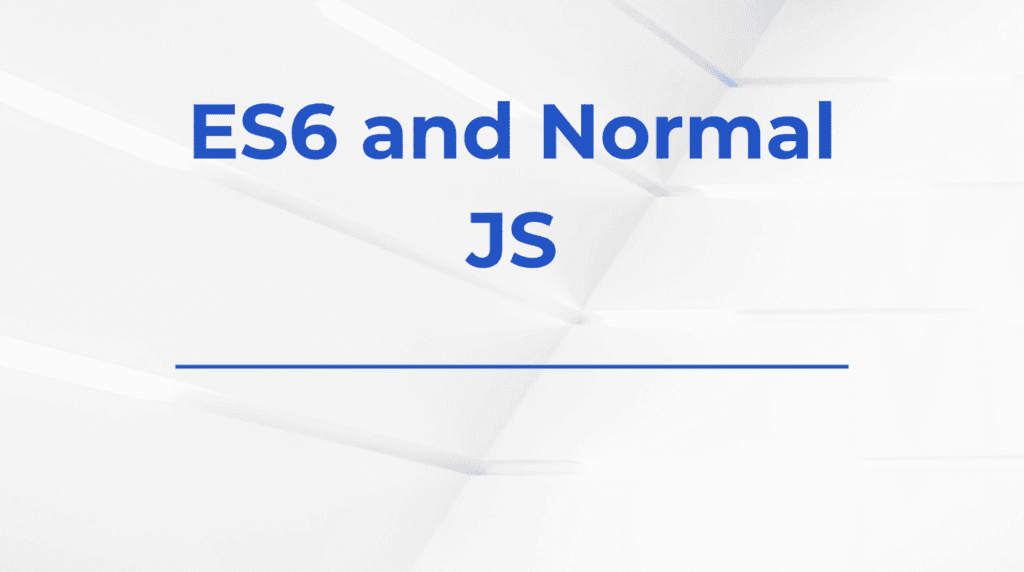Understanding what a MERN stack developer earns is not a straightforward answer. Compensation depends on geography, experience, role specificity, company size, and even negotiation skills. While MERN—MongoDB, Express, React, Node—has grown into one of the most in-demand stacks for building full-stack web applications, the financial recognition developers receive for mastering it varies widely. This is where the curiosity turns real: what is the actual earning potential for someone who invests their time and skills into MERN development?
Entry-Level Earnings
Junior MERN stack developers typically start their careers with either internships or fresher roles. In countries like India or Pakistan, the starting salaries can feel modest when converted to USD—often ranging between $3,000 to $6,000 annually. In contrast, early-career developers in the US, UK, Canada, or Germany might begin at $50,000 to $70,000 per year.
Some developers, especially those fresh from coding bootcamps, struggle initially. Companies sometimes hesitate to offer higher salaries until real project contributions are proven. At this level, showcasing a strong React-based portfolio or side projects helps immensely, especially if paired with GitHub activity, technical blogging, or open-source involvement.
Mid-Level Pay Scale
With around 2–5 years of experience, the salary graph rises noticeably. Developers who have deployed production apps, integrated third-party APIs, managed databases like MongoDB, and followed DevOps practices, often attract more competitive offers.
The table below provides a rough breakdown based on regions:
| Region | Average Salary (Mid-Level) |
|---|---|
| USA | $80,000 – $110,000 |
| UK | £45,000 – £65,000 |
| Germany | €55,000 – €75,000 |
| India | ₹10 LPA – ₹22 LPA |
| Pakistan | PKR 180K – 350K/month |
| Remote (Global Freelance) | $25 – $60/hour |
Freelancers often command higher per-hour rates but take on less predictable workflows. Still, the freedom of switching between projects, especially short-term gigs like building dashboards or image tools such as Base64 string converters, offers an entirely different value equation.
Senior-Level and Beyond
Once a developer reaches 6+ years of experience and can take architectural decisions, lead teams, or work across DevOps, testing, and performance tuning, compensation changes significantly. Senior MERN stack developers often transition into titles like Full Stack Lead, Tech Lead, or Solution Architect. Many also pivot into specialized niches like performance optimization or testing libraries such as React Testing Library, which companies increasingly rely on for robust applications.
In the U.S., senior full-stack developers can earn between $120,000 and $160,000 annually. Europe sees salaries ranging from €75,000 to €110,000. In contrast, top-tier MERN stack developers in South Asia who work with international clients or product companies can make upward of $3,000–$5,000 monthly.
Influential Factors
A variety of factors impact the final number you’ll see on your offer letter. Some of the biggest ones include:
- Geographic location: Onsite roles in developed countries naturally pay more.
- Remote-friendly companies: Global companies hiring remotely tend to offer competitive rates, especially for developers with strong portfolios.
- Interview performance: No matter the resume, the outcome of React quizzes or interviews significantly influences offer bands.
- Tech stack depth: Developers who just use React or Node.js don’t get paid the same as those who understand state management, server-side rendering, code-splitting, or heap and sort algorithms.
- Soft skills: The ability to work in teams, communicate with clients, and manage deadlines contributes to leadership potential—and hence better compensation.
Job Role Differences
Even within the MERN stack landscape, job titles may differ and subtly affect salaries:
- Full-Stack JavaScript Developer: Often broader, sometimes not strictly MERN.
- Frontend React Developer: Focused on the client side, may earn slightly less unless highly specialized.
- Backend Node.js Developer: Sometimes commands higher salaries if experience includes DevOps, server scaling, and databases.
- Product Engineer: A term many startups use for developers responsible for end-to-end product ownership.
- Software Engineer (MERN Stack): More common in job listings, often includes a wide range of responsibilities.
Freelancing and Contract Work
Freelancing as a MERN stack developer adds an unpredictable yet lucrative twist. Platforms like Upwork and Toptal list projects ranging from small CRUD apps to large enterprise solutions. Experienced freelancers often earn $40–$100/hour, depending on project complexity, client location, and communication skills.
However, this path involves managing clients, invoices, taxes, and sometimes the lack of a stable income. That said, many developers find freelancing liberating and more rewarding long-term than salaried roles.
Continuous Learning and Salary Growth
What you earn as a MERN developer today doesn’t need to be what you earn next year. The tech industry values learning. Mastering new libraries, refining state management, exploring performance optimizations, or experimenting with design systems like React Table components can set you apart.
Blogging, open-source contributions, and consistent upskilling signal initiative and leadership. I’ve seen developers double their income within a year just by learning how to present themselves better—sometimes without even switching jobs.
Conclusion
A MERN stack developer’s salary is shaped by far more than technical skills. While mastering React, MongoDB, Express, and Node.js is the starting point, how those skills are applied, documented, and communicated makes all the difference. Whether you’re just beginning or already deep into your full-stack career, the path to higher compensation lies not only in writing better code but also in better visibility, continuous learning, and thoughtful career planning.









